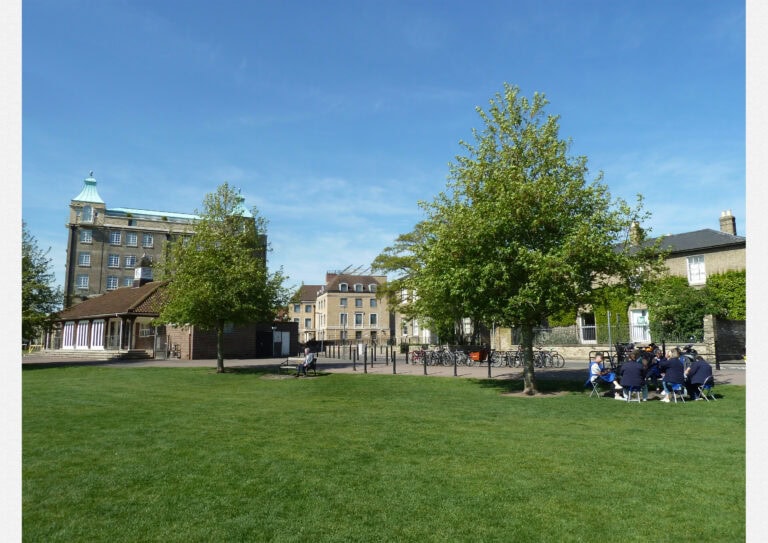Bartlett School of Architecture

Key Sustainability Objectives/ Outcomes
Climate Change:
- The building achieved BREEAM Excellent rating.
- 440tCO2 saved by retaining the original structure.
- Bartlett is also connected to the UCL district heating network and has solar panels on the roof.
- Structure was exposed where possible, meaning thermal mass aids passive heating and cooling strategies, storing heat in the winter and providing free-cooling in the summer.
Providing the building with a new high performing envelope has helped reduce operational energy demand. Enhanced fabric efficiencies with high levels of insulation and air tightness minimise the amount of energy required for space heating.
Resource use:
- Retaining the existing concrete structure of the original building significantly reduced material use and embodied carbon emissions. It also meant a greater usable floorspace was achieved as the floor to ceiling height is smaller than in a typical academic newbuild. At a high level it is estimated the reuse of the building saved £10million compared to demolishment and newbuild. (1a)*
- The flexibility of the building has been considered with communal spaces being designed to be flexible. Some of the walls can pivot open or are lightweight simplifying future layout configurations. (2b)*.
Nature and Biodiversity:
- A green roof has been installed to enhance biodiversity and reduce surface water runoff.
Notable Approaches And Solutions
A mixed-mode environmental strategy follows seasonal weather variations, reducing the buildings reliance on active heating and cooling. In the winter, mechanical ventilation provides much needed heat recovery. Natural ventilation is promoted during mid-seasons. With low-energy chillers used to maintain comfort levels only during the peak of summer. The decision to design for and include cooling now, will ensure thermal comfort is maintained and inefficient systems are not retrofitted as temperatures rise.
A traffic light system is used to identify when external conditions are adequate for natural ventilation. However, should occupants wish to open windows, outside of these parameters, the windows are interlocked with mechanical systems, ensuring heating and cooling is automatically turned off and no energy is wasted.
Lessons Learnt
- Listen to users/stakeholders
- Challenging the original brief can open up new opportunities for more holistic, and sustainable solutions
- Communication and approachability are key to gain trust and respect
- Continuity of key personnel is critical
- A positive team ethos makes the process more enjoyable and less stressful
- Address potential issues early and incisively
- Design is there to support the academic vision and needs to be adaptable
- Getting the right team, including contractor, is critical to overall success
- Being adept at managing change (it never stops!)
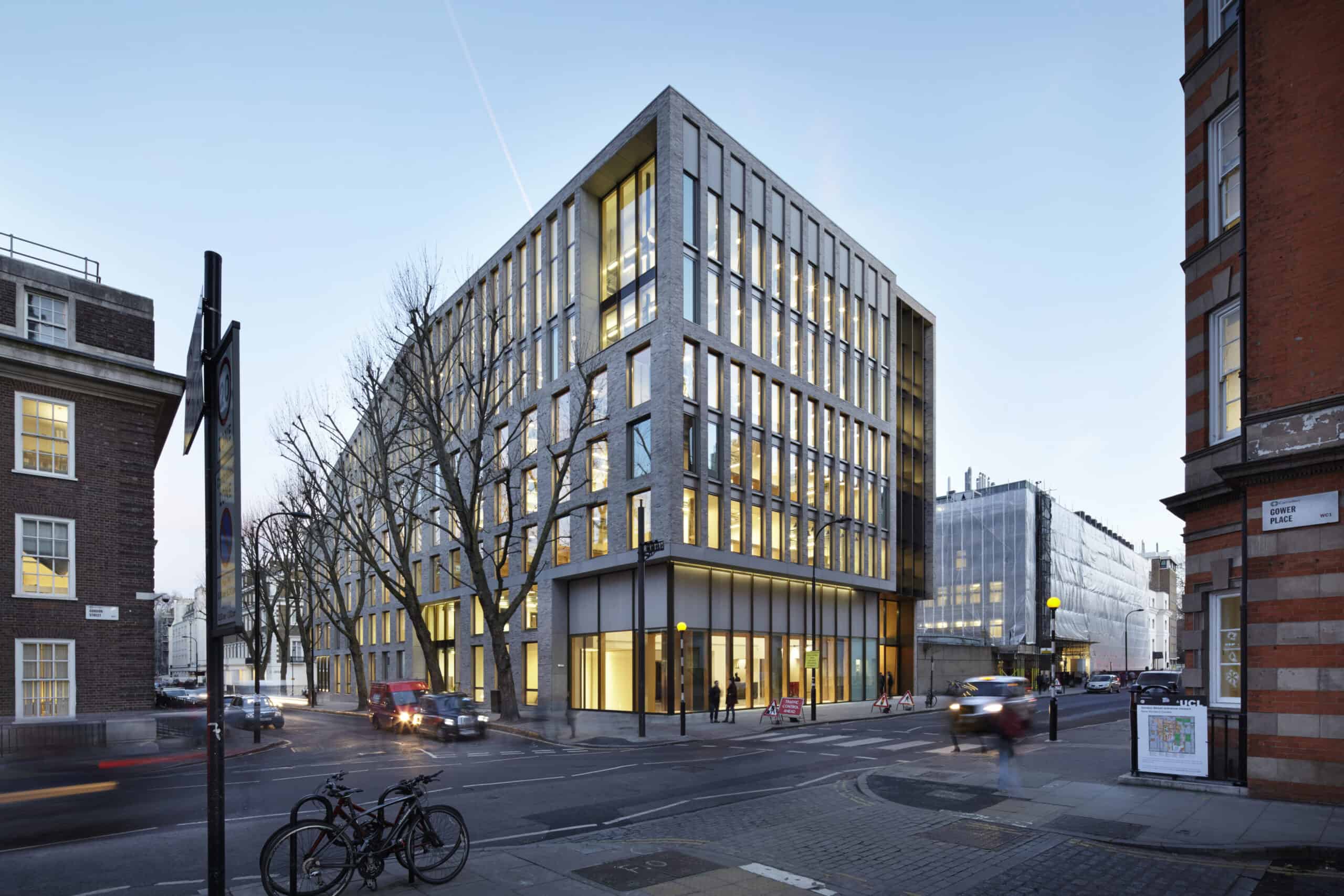
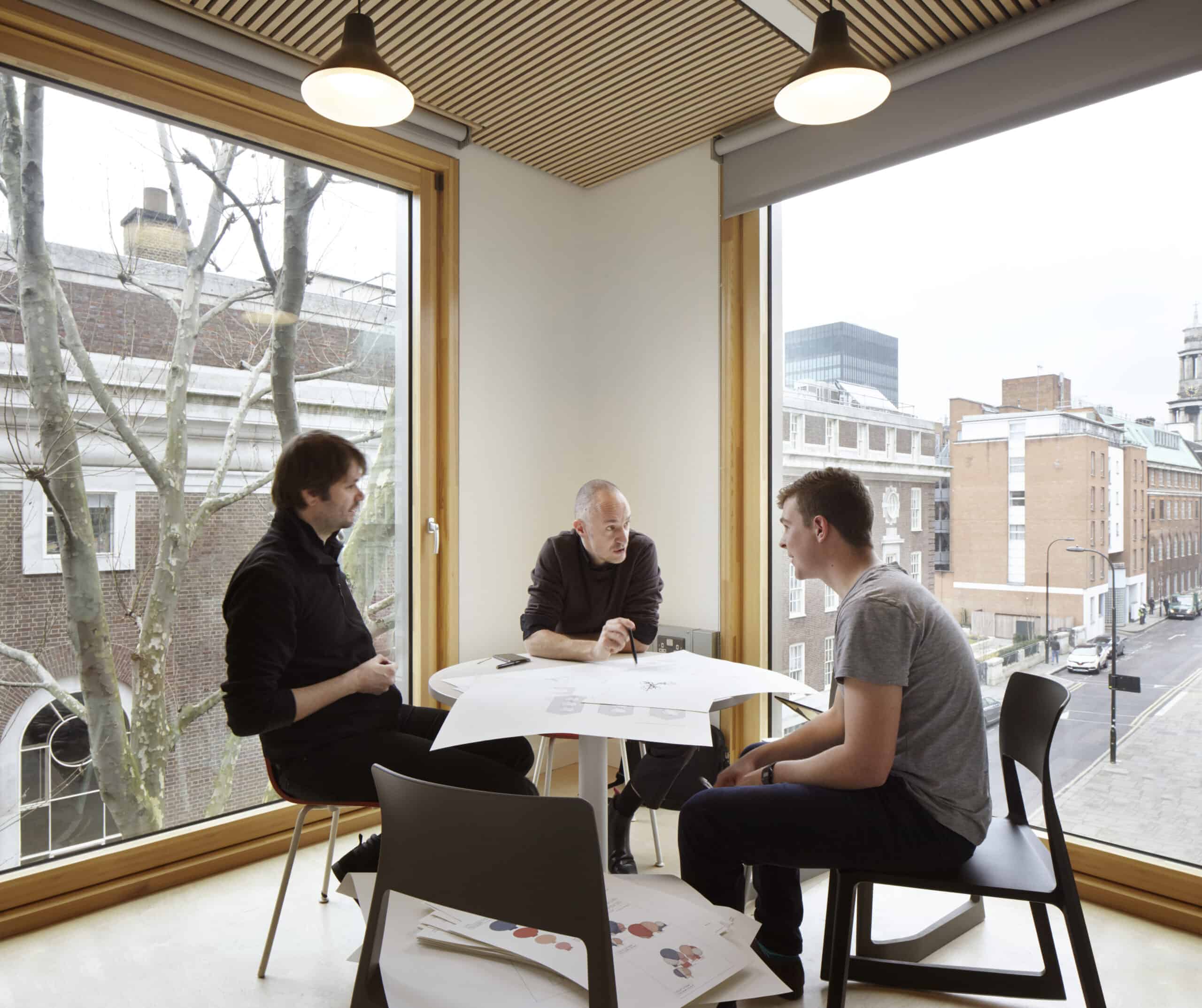


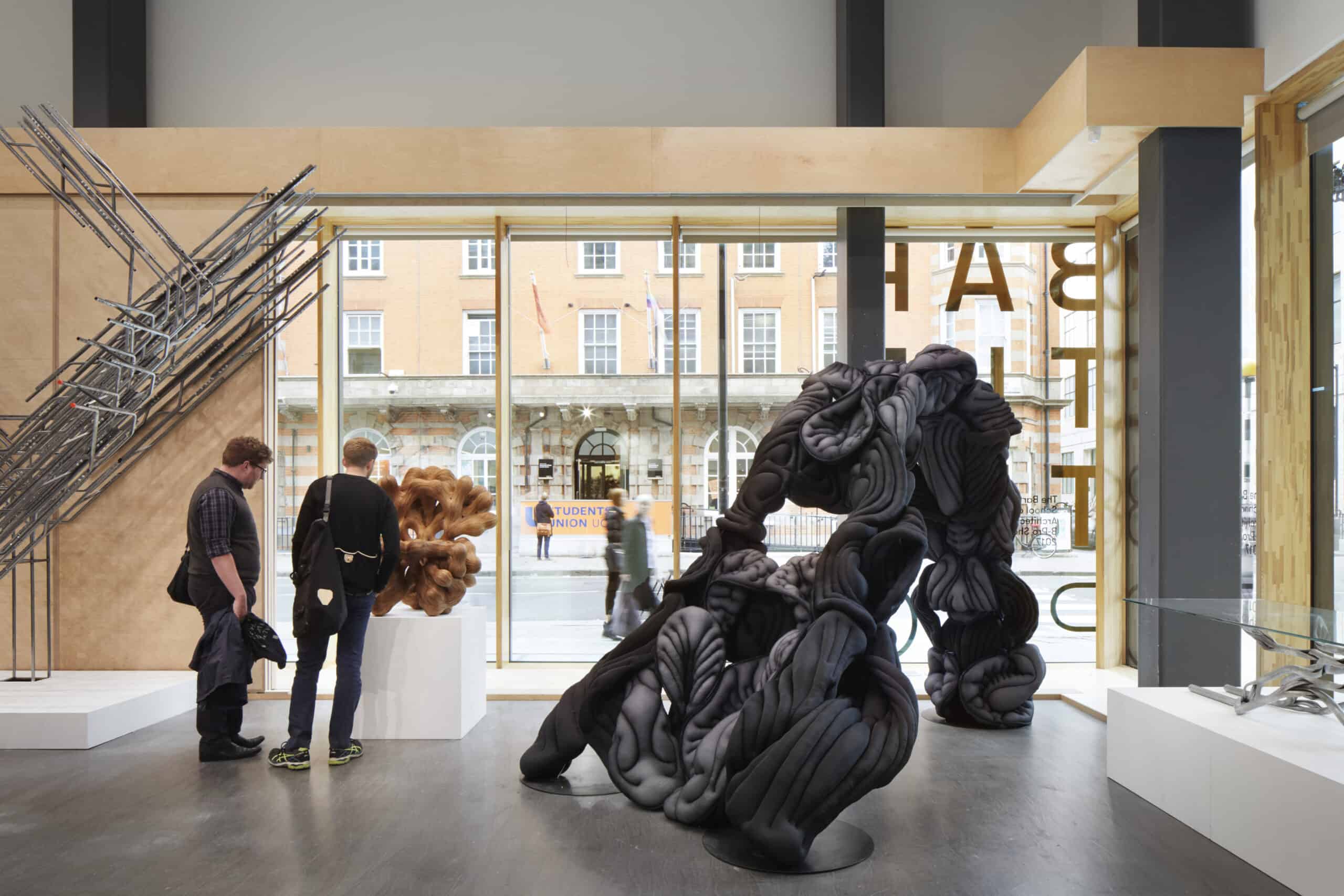
Related
11-21 Canal Reach – Meta Office

Magnitude 314

Holbein Gardens
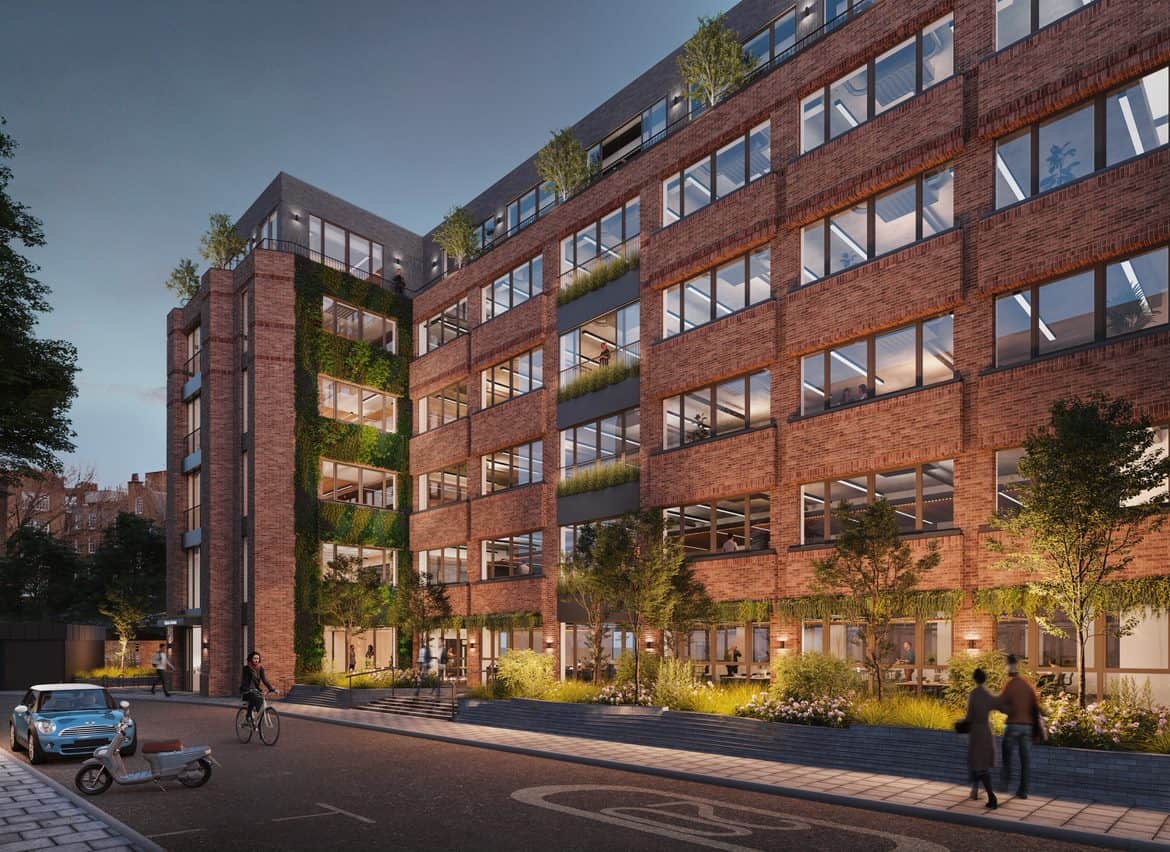
The Entopia Building
